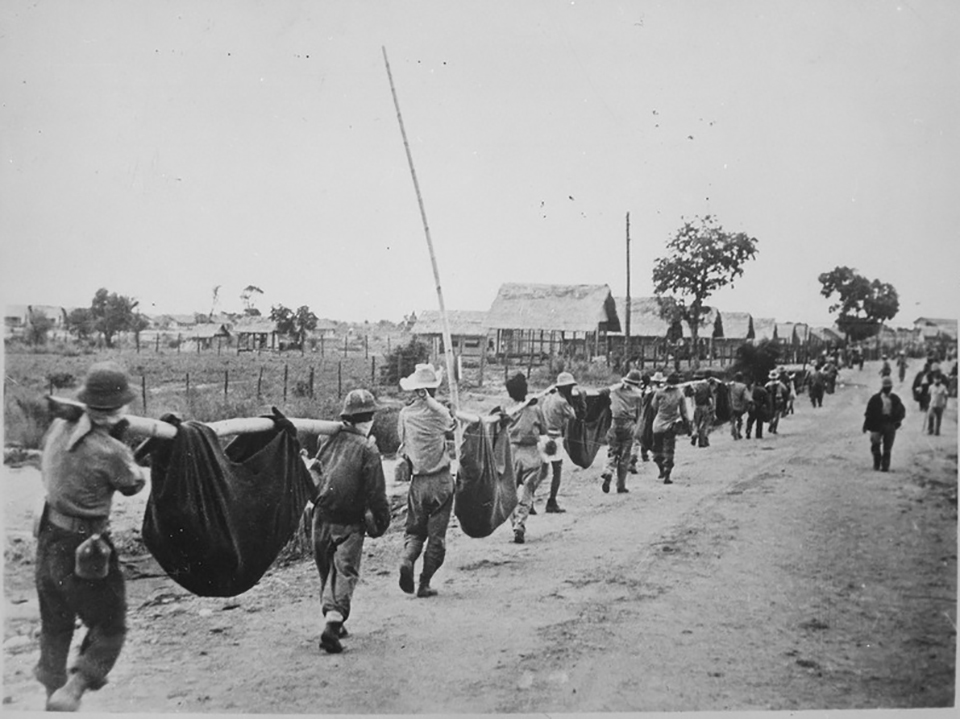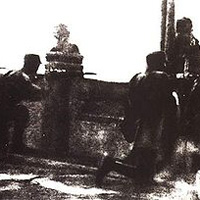Bataan Day Philippines: A Story Of Courage, Service, And Resilience
Every April 9, Filipinos commemorate Araw ng Kagitingan or in English, it is the Day of Valor. When I was a kid, it was called Bataan Day. This national holiday pays tribute to the nightmare that transpired in my Motherland at the onset of World War II.

The Fragile Philippines In The Early 20th Century
In 1941, the Philippines did not have a government of its own yet. The country was moving into a transition from one colonizer Spain to another, the United States. Years before that, an unfortunate magic thing happened...
In 1898, the culminating Spanish-American War subjected the whole Philippine archipelago as a "commodity" purchased by the U.S.A. from Spain at the cost of $20 million.
Years before 1898 as well, some Filipino brave men were collaborating with Japan to fight against the 3-century Spanish regime. It appears that our Lolos and Lolas in the past were confused about which empire to turn to for help: the red dot on a white sheet 🇯🇵 from the east? Or the stars and stripes flag 🇺🇸 from the west? At first, Filipinos did not like another Western colonizer— evident from the Filipino-American war in 1899.
The Stars and Stripes fight against the weakening Spanish Empire ended up with the Treaty of Paris with Spain— the purchase of my Sisa Inang Bayan at a few million dollars. A great deal with a bonus: the Philippines became a territory of the Stars and Stripes.
Lesser Known Facts About Philippine-Japan Relations In The Late 19th Century
In the years when our folks revolted against the Spaniards, the Japanese leaders put a little bit of interest in Sisa. I use Sisa occasionally to reference Jose Rizal in his novel Noli Me Tangere. Sisa is described as a suffering, distressed, and tormented mother— aimlessly wandering in search of her lost sons.
There are accounts of trade relations between the Red Dot empire and Sisa's sons. Our war-determined Lolos purchased weapons from the north 🇯🇵 and begged for monetary assistance in exchange for conducting business in the Philippines. Through Katipunan movement, the Katipuneros had to do it to overthrow the colonial Spain.. and eventually the Spaniards left.
During the US Occupation of the Philippines, some Japanese entered the country with lesser restrictions. Starting as a peaceful economic partnership between Pinoys and the Japanese, a small number of foreigners took their chance to sell their goods from home. At least one or two married a local, and a few started businesses, either unconsciously or deliberately exploiting the country's natural resources.
At one point, a huge number of Japanese were recruited to work on the Kennon Road— the road that eventually will take people to Baguio City.
On the other hand, Sisa's children never maintained their solidarity. Dressed in slave mentality, lax tribal spirit and subdued obedience to religious doctrines, they remained small in finance, artillery, and trade.
Chaotic Fights In The Pacific
Europe is in great turmoil. Old empires show signs of disorientation while a wannabe superpower is cooking something to install Asianism in the Southeast. Initially, the Red Dot empire is in favor of keeping the U.S.A. in the Philippines. However, the land of Stars and Stripes played games in trade policies. They supported China in the war against Japan, a betrayal as far as the land of the Red Dot is concerned.
Sisa is caught in between the marching elephants coming from various directions. The Stars and Stripes forces made allies with Eastern Europe while China is a weak government for some reasons.
The Old Walled Country 🇨🇳 is in poverty and has two polarized ideologies among its citizens. That is why they are weak. Despite of that, the Stars and Stripes government has trading interests in the Old Walled Country.
The Red Dot forces attacked an island in the Pacific Ocean– the attack on Pearl Harbor. The effect of it is the reinforcements in military activities on Sisa's land. Lead by the Stars and Stripes government, it appears like our Lolos and Lolas were exploited to face the brutal treatment of the aspiring superpower from the East.
Which leads to…
April 9, 1942 surrender of Bataan to Red Dot forces. A sign of defeat, tens of thousands combined Filipino and American POWs are instructed by the Red Dot military forces to march the 65 mile dirt road from Bataan to Capaz, Tarlac.
Exhausted, starved, and sick, many of them can not make it to the destination camp. A lot of dead bodies, some unidentified, were left on either side of the road. This horrible event is witnessed by the surviving fighters and civilians.
Three years in the future, this heart-breaking journey of the Philippines as a country seems to have been set aside and consciously forgotten partly among locals but almost completely in the West. The war ended with America and its allies standing, anyway– in 1945.
Reflection
Was the factional attitude among Filipinos the root cause of their weak foreign diplomacy, industry, and trade in 1899? How skilled or unskilled they were in governing themselves?
Why is the Philippines still weak up to these days? Why can't the Filipinos make up their minds and establish a neutral sufficient nation to bulletproof themselves in confronting any potential foreign con artists?
Learn Tagalog Language
In time for this Philippine holiday, let us expand our Tagalog vocabulary in a different 🔦 light:
"Huwág mong isusukò ang Bataan."
The Tagalog phrase "isukò ang Bataan" became colloquial in the Philippine language. That is a metaphor locals use when making fun of girls or grownup dalaga(s) who choose to sleep with a boyfriend or when folks see a sign of a baby bump in her belly. Isukò, by the way, means "to surrender" in English.
Not related to Fall of Bataan in 1942 though, but part of Pinoy toxic mentality is to value patriarchy and machismo, such that a woman's mistake is hers alone while the male co-creator is easily forgiven, receiving much less mockery.
As a woman, this annoys me.
"Waláng mawawalâ sa lalaki, pero sa babae ang puri ay mahalaga."
"Puri" literally means praise or dignity. With the Tagalog statement above, puri refers to the girl's virginity. That the so-called "secondhand" girl deserves shame, mockery, or subject to tsismis. Whereas the secondhand lad only means nothing, or worse: it is considered as a plus to their ego.
Closing Remarks
I enjoyed writing this article. While my academic background is all about logic statements, numbers, and processes, I thought that History is not my thing. However, I was compelled to gain more knowledge in this opposite part of the spectrum because I am truly committed to teaching my language, which is Tagalog, to the world.
I just realized that it is important to know people's lives in the distant past to bring authentic discussions on vocabulary, grammar, words and phrases in their target language. Also, that way, we have got to understand how a language evolves through out time.
On top of that, I appreciate the opportunity in front of me to widen my knowledge on Sociology, Psychology, Art, and Philosophy. That way, I can self-facilitate my journey towards personal growth which in turn will benefit my clients as well as many of you who choose to be a silent reader.
References
Academic Paper: LYDIA N. YU-JOS, "World War II and the Japanese in the Prewar Philippines"; accessed online via https://www.jstor.org/stable/20071758
Article: Japanese Imperialism and the Aguinaldo Insurrection; U.S. Naval Institute

Article: The Philippine-American War; Bill of Rights Institute

Article: Battle of Bataan; The National World War II Museum New Orleans

Article: Japan, China, the United States and the Road to Pearl Harbor, 1937–41; U.S. Office of the Historian (retired website)








Comments ()